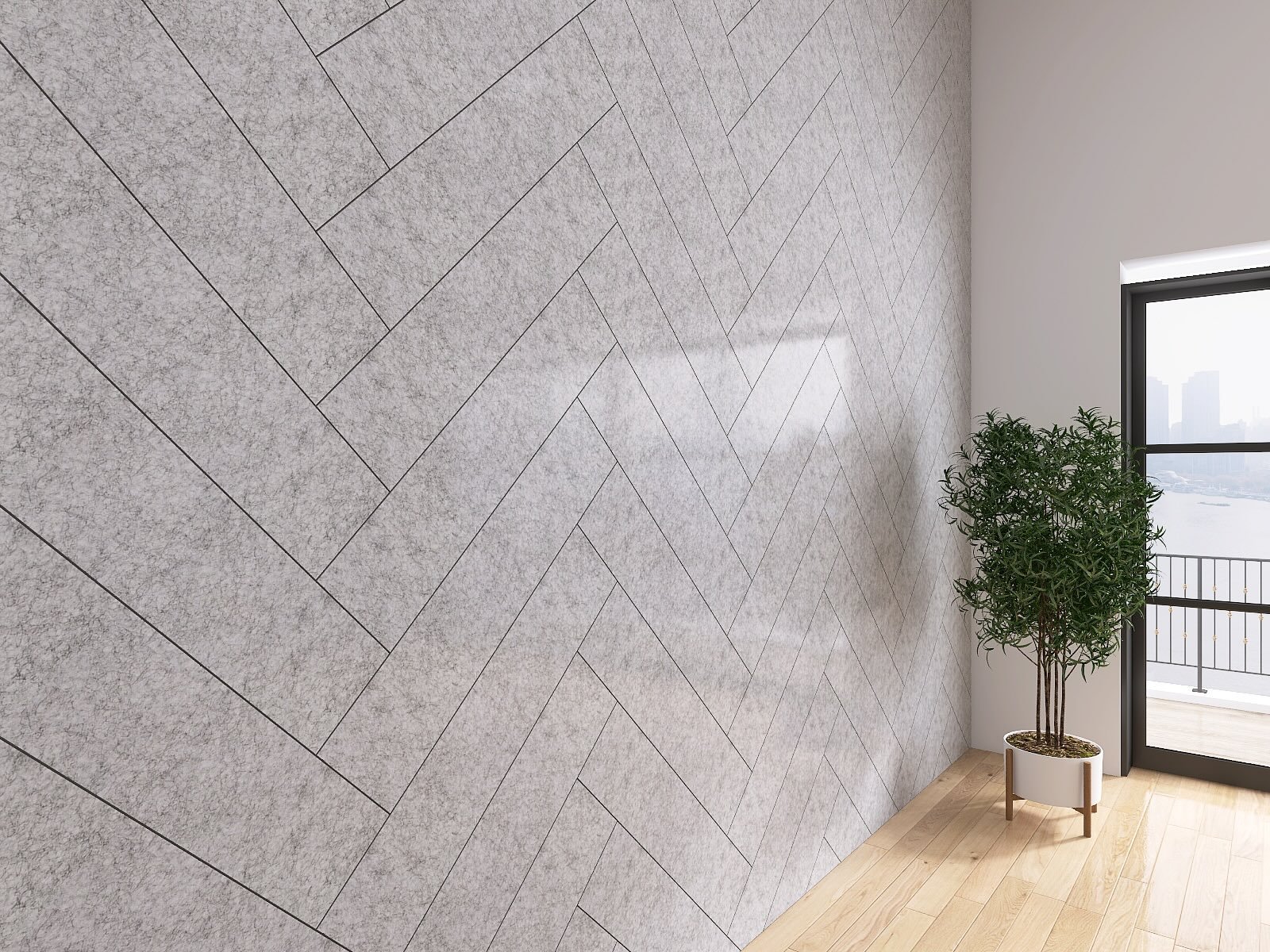Transform Noisy Classrooms: The Power of Acoustic Materials in Preschools, Nursery Schools, and Daycare Centers
Preschools, nursery schools, kindergartens, and daycare centers are lively spaces filled with the sounds of children playing and learning. However, excessive noise can disrupt communication, hinder learning, and increase stress for both children and staff. Installing acoustic materials is an effective way to address these noise issues, creating quieter and more comfortable environments that support learning.
Why Noise Control Matters in Early Learning
Children in early education are developing key communication and social skills. Excessive noise can interfere with focus, understanding, and engagement. Common issues caused by poor noise control include:
Disrupted Learning: Difficulty hearing teachers affects participation and concentration.
Speech and Language Delays: High noise levels hinder listening and speaking skills.
Increased Stress: Both children and staff can feel overwhelmed by constant loud noise.
Staff Fatigue: Persistent noise can lead to headaches, stress, and lower morale.
Strategic noise reduction with acoustic materials helps address these challenges.
How Acoustic Materials Improve Noise Control
Acoustic materials are designed to absorb sound and reduce reverberation. By installing these materials, early learning centers can significantly lower noise levels and improve the classroom environment.
Reduced Reverberation
Hard surfaces in classrooms often amplify sound. Installing acoustic panels and ceiling tiles absorbs sound waves, reducing echo and creating a quieter, more controlled space for both children and teachers.
Improved Speech Intelligibility
Clear communication is essential for learning. Acoustic materials reduce background noise, allowing children to better understand instructions, leading to improved focus and behavior. Teachers also benefit from less vocal strain.
Calmer Learning Environment
Children can feel overstimulated in noisy environments. Rugs, curtains, and carpets absorb sound from foot traffic and play, creating a calmer atmosphere that promotes focus and reduces stress.
Healthier Environment for Teachers
High noise levels contribute to stress and fatigue for educators. Acoustic materials reduce the overall noise level, creating a healthier, more manageable work environment, reducing burnout and improving well-being.
Enhanced Safety and Comfort
In addition to sound absorption, materials like acoustic ceiling tiles can offer fire resistance and prevent hearing damage from prolonged noise exposure, ensuring a safer environment for all.
Ideal Acoustic Materials for Early Learning Spaces
When selecting the right acoustic materials for preschools, nursery schools, kindergartens, and daycare centers, it's essential to choose solutions that effectively reduce noise while also being functional and visually appealing. Below are three key acoustic solutions that can transform noisy classrooms into calmer, more productive spaces.
Acoustic panels are one of the most versatile and effective solutions for managing noise in early learning environments. These panels are typically installed on walls and ceilings, where they absorb sound waves and reduce reverberation, preventing echoes and minimizing background noise.
Benefits in Preschools and Daycare Centers:
Significantly reduce echo and reverberation, creating a quieter, more focused environment.
Improve speech clarity, making it easier for children to hear instructions and interact with one another.
Available in a variety of colors, shapes, and patterns, allowing for customization to match the aesthetic of the classroom or daycare space.
By strategically placing acoustic panels near high-traffic areas, play zones, or learning spaces, schools can effectively control noise levels and enhance the overall learning environment.
2. Acoustic Ceiling Rafts and Baffles
Acoustic ceiling rafts are suspended panels that hang horizontally from the ceiling to absorb sound. These rafts are particularly useful in rooms with high ceilings or open layouts, where sound tends to travel and echo. By absorbing sound waves before they bounce off the ceiling and walls, ceiling rafts help to control noise levels and create a more comfortable environment for both children and staff.
Benefits in Preschools and Daycare Centers:
Effectively reduce noise in large, open spaces such as multipurpose rooms, dining areas, or gymnasiums.
Lower reverberation time, improving the acoustic quality of the room and enhancing speech intelligibility.
Provide a sleek, modern look while serving a practical function, making them an attractive option for contemporary learning spaces.
In addition to their acoustic benefits, ceiling rafts can be arranged in creative patterns or designs to add an artistic element to the room, enhancing the overall aesthetic while reducing noise.
Acoustic partitions are freestanding or mobile sound-absorbing barriers that can be used to divide larger spaces into smaller, quieter areas. These partitions are ideal for creating separate zones in open classrooms, nursery spaces, or daycare centers, where different activities generate varying levels of noise. By placing acoustic partitions between play areas, rest areas, and learning zones, schools can better control noise and create a more organized environment.
Benefits in Preschools and Daycare Centers:
Create flexible, noise-reducing zones in open layouts, allowing for more focused activities like reading or quiet time.
Help contain sound in active play areas, reducing noise pollution in quieter sections of the room.
Easy to move and reposition, offering adaptability as the needs of the space change.
Acoustic partitions are also available in a variety of sizes, styles, and colors, making them a versatile and customizable solution for any early learning environment. They offer a quick and effective way to manage noise without requiring permanent structural changes.
Conclusion: Creating Quieter Learning Spaces
Installing acoustic materials in preschools, nursery schools, kindergartens, and daycare centers fosters a quieter, more productive environment. These materials improve communication, reduce stress, and enhance learning outcomes, benefiting both children and staff. Investing in acoustic solutions is essential for creating a peaceful and effective learning space where young children can thrive.



